
Tourism is one of the countryâs main economic activitie...
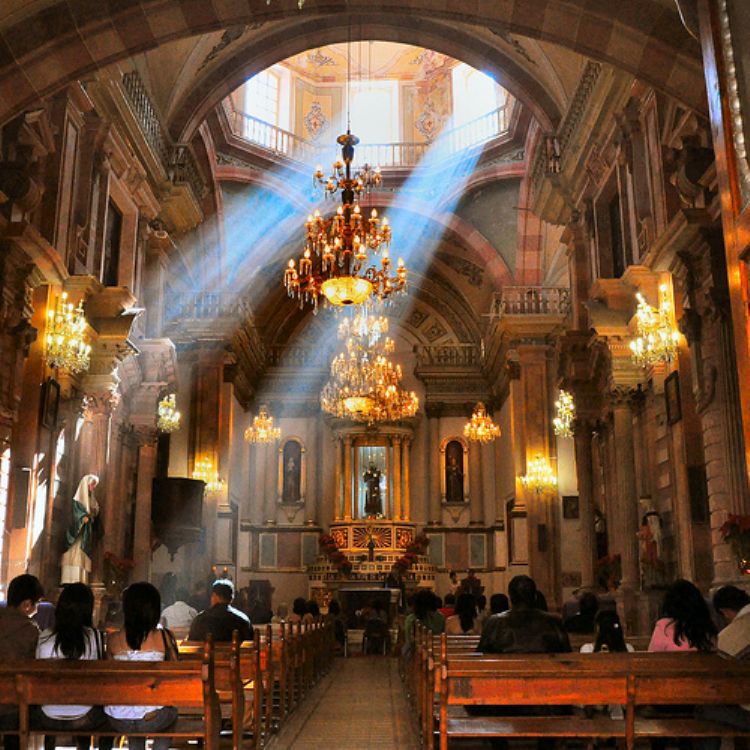
In Chupicuaro, in the southeastern part of what today is the Guanajuato state, lived the first pre-Hispanic sedentary tribes of the region. The discovery of pottery decorated with figures and objects revealed data about these tribes such as the use of jewelry and accessories on the body and hair, the practice of agriculture and the love for musical instruments.
Teotihuacan influenced the people of Chupicuaro, just like they influenced the rest of the Mesoamerican settlements . At the downfall of the empire, Toltecas and Chichimecas established themselves in the shallow Mexican lands. In the XVI century, when the Spanish arrived, Guanajuato was inhabited by hunting tribes : Chichimecas Pames, Guamares and Guachichiles.
The conquest of the New Galicia began in 1529; Nuño Beltrán de Guzmán, president of the "Real Audiencia Española", was in charge and is held responsible for the cruel death of Tangaxoan, the Purepecha king. Tepic, San Miguel de Culiacán, Guadalajara, Purificación and Compostela, were the first five cities of the new province. The valleys and plains were ideal for livestock so the Spanish invaded the indigenous lands with black and brown cattle and sheep. The new cattle raisers soon demanded from the Spanish Crown more land and labor force to work in the Haciendas.
Mining was the other activity that attracted Spanish colonizers Known as the gambusinos, they established in the nearby settlements.
The arrival of the Spanish not only meant a socioeconomic change, it meant a spiritual one as well. The catholic missionaries and their intense evangelization had great influence in the conformation of the Nueva España. Franciscan monks were the first to arrive in Guanajuato, Morelia, Michoacán and San Luis Potosí. Juan de San MiguelÃâs influence is distinguished: the construction of the first hospitals of the region, the conversion of the Purépechas to sedentary life and the foundation of Los Reyes, Tancítaro y Periban just to name a few towns, are some of the achievements attributed to him.
The new social order was controlled by the Spanish. The criollos, Spanish born in the Nueva España, tried to gain privileged posts and the rest of the population, made up of mestizos, natives, mulattos and Africans were at the bottom of the social ladder.
Groups of conspirators who longed the downfall of the government discussed the constant injustices and abuses of the people. In September 1810, when one of the groups was discovered, don Miguel Hidalgo y Costilla, the priest in Dolores, hastened the insurrection and with the famous Dolores cry , shouted to the people to rise up in arms.
Many Guanajuato locals participated in the Mexican independence struggle. The brothers Albino and Francisco García, Juan Aldama, Mariano Abasolo, José María Liceaga and Encarnación Ortiz are some of them.
The Political Constitution of Guanajuato was proclaimed the 14th of April , 1826. But it is only until 1829 , under the state government of Carlos Montes de Oca, that the independence and autonomy of the state is recognized.
In the XIX century the country lives through plenty of political turmoil : during the government of general Santa Anna, Mexico looses a great part of its territory to the United States of America; faces the internal conflicts between liberals , conservatives, Federalists and Centralists; during the ÃâreformÃâ presidency of Benito Juarez, Guanajuato is declared the countryÃâs capital city from 1857 to 1860; the dictator general Porfirio Diaz rules from 1877 to 1911.
Economic development reaches the state during PorfirioÃâs tenure: railroads and highways that connect Guanajuato to other big cities are inaugurated as well as ports like Manzanillo, Lázaro Cárdenas, Ciudad Juárez and Tampico.
The Mexican revolution sees the participation of various Guanajuato natives. Cándido Navarro is distinguished for his uprising in Purisima on February 22, 1911. The state lost more than 200,000 people during the revolution and suffered a big economic crisis. During Plutarco Elías Calles presidency , in 1923, the states of Guanajuato, Colima, Michoacán and Colima had to face the Cristera War, a state persecution war to deprive the catholic clergy from its properties.
At the beginning of the XX century Guanajuato. leads the industrial development in textiles, mining, livestock, leather and shoe manufacturing, In the mid 1950Ãâs, the establishment of the Antonio M. Pedro Amor oil refinery in Salamanca, boosts the state economy as well as that of the central part of the country .

Tourism is one of the countryâs main economic activitie...
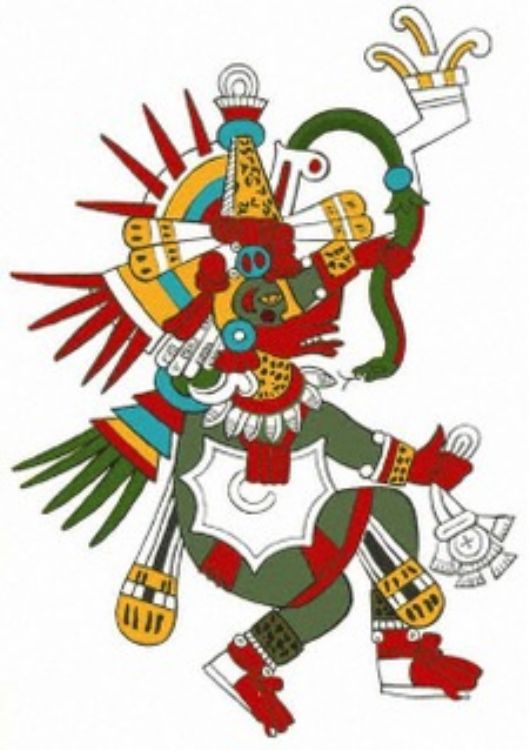
Huitzilopochtli, Nahuatl for âsouthern hummingbirdâ, ...

Jorge Ibargüengoitia; he was born in Guanajuato in 1...

It is a combination of natural formations and those contr...

Jorge Ibargüengoitia; he was born in Guanajuato in 1...
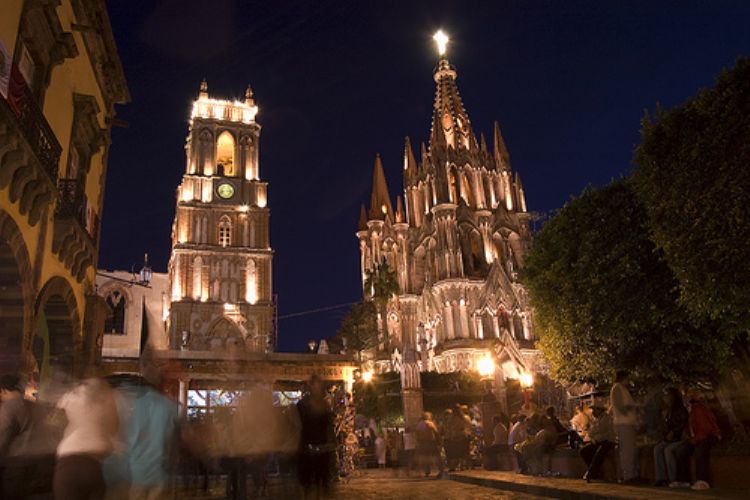
The Magical Towns of Mexico are cities that have witnesse...
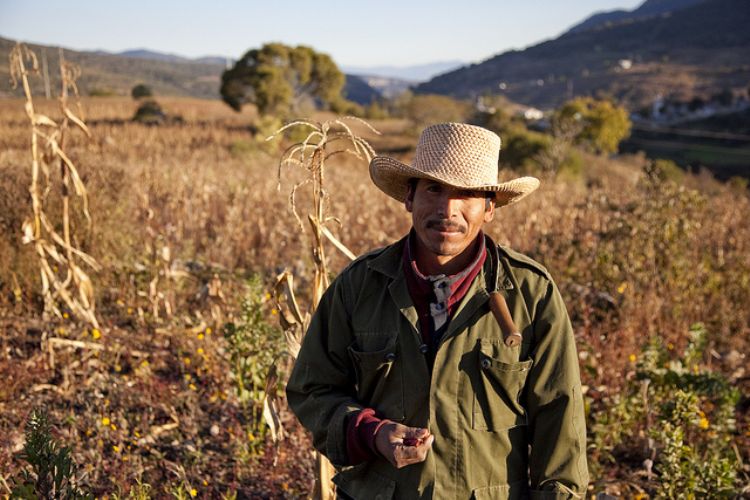
Even though agriculture in Mexico occupies a minor role i...
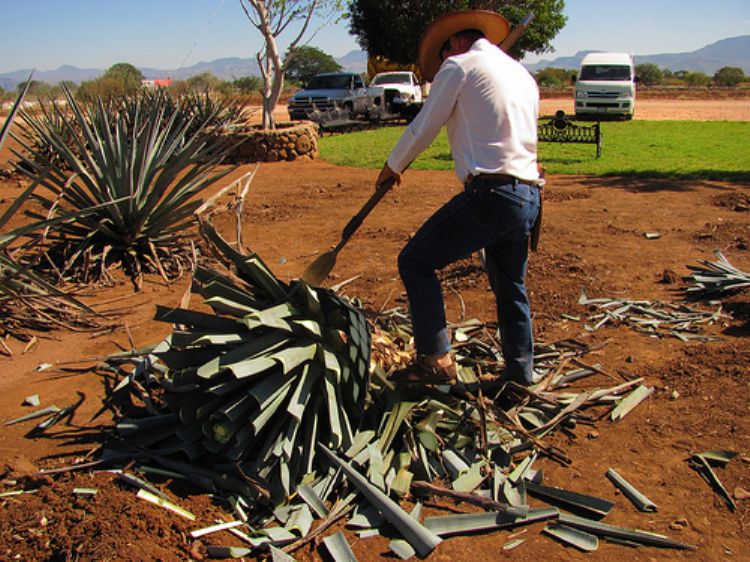
One of the best known products that Mexico has given to t...
.jpg)
Mexico offers mountain climbers tempting peaks to explore...

Started under the name of Real y Pontificia Universidad d...